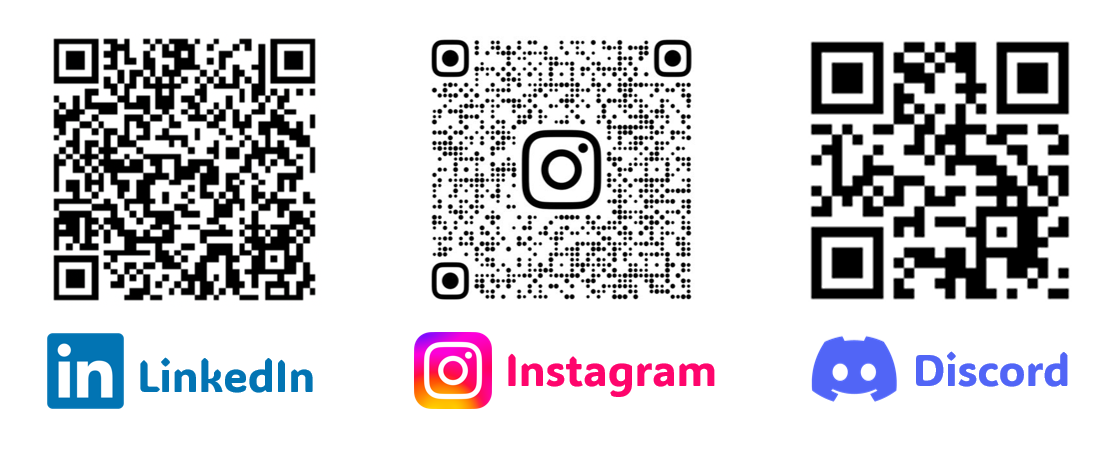Student Chapter
Student Chapter
This chapter is a nationwide chapter to help promote computational mechanics to young researchers and improve student engagement and professional development within our community.
Let’s connect @USACMStudentChapter

USACM Student Chapter Seminar Series
November 20, 2025; 11am CST
Join via Zoom: https://us06web.zoom.us/j/82464478256?pwd=ZMkJVFdjMJzadgnVWFPqsdUSs4qTaY.1
Speaker: Chao Wang, University of Illinois Urbana-Champaign
Title: Inverse design, advanced manufacturing, and applications of magneto-active soft materials
Abstract: Smart materials that are adaptive, programmable, and multifunctional are redefining how structures interact with their environment. Among them, magneto-active soft materials stand out for their rapid, untethered, and reversible shape transformations under wireless magnetic actuation. Their ability to sense, respond, and evolve dynamically opens transformative opportunities in mechanical engineering, soft robotics, and biomedicine. This talk presents an integrated framework that unites computational optimization, advanced manufacturing, and functional applications of magneto-active soft materials. We first introduce a nonlinear elastic modeling and topology optimization framework for the inverse design of these materials, enabling the simultaneous optimization of geometry and magnetization profiles to achieve targeted actuation responses. Building on this foundation, we introduce scalable fabrication strategies for translating optimized designs into physical realizations, with an emphasis on direct ink writing (DIW) techniques that enable optimized continuous magnetization encoding through efficient path-planning algorithms. Finally, we demonstrate multifunctional applications ranging from programmable soft robots to wireless magnetic devices for mechanotherapy and tissue regeneration, illustrating how the integration of theory, computation, and fabrication accelerates the development of next-generation intelligent materials and adaptive systems.
Bio: Chao Wang is a Ph.D. candidate in Civil Engineering at the University of Illinois Urbana-Champaign, with a concentration in Computational Science and Engineering. She received her M.Eng. in Civil Engineering with honors from Tongji University. Her research integrates computational mechanics, multi-material and multiphysics topology optimization, and additive manufacturing to design, fabricate, and validate intelligent material systems, engaging in interdisciplinary applications spanning soft robotics, adaptive infrastructure, and biomedicine. Her work has been published in leading journals such as Advanced Science, Additive Manufacturing, and Computer Methods in Applied Mechanics and Engineering, among others. She is a recipient of the ASME Henry Hess Early Career Publication Award and the Alfredo and Myrtle Mae Ang Fellowship at UIUC.
Past Seminars
Past recordings of the Student Chapter Seminar Series can be found here.
Past Student Chapter seminar information can be found here.
Student Chapter News
USACM Berkeley Opens Fall 2025 MechBytes Seminar & Coffee Hours Series
The USACM Student Chapter at UC Berkeley is hosting its Fall 2025 MechBytes Seminar and Coffee Hours series. The first session took place on September 26 in 745 Davis Hall, featuring Claudio Perez from UC Berkeley speaking on high-performance computing and finite-element methods. The second session was held on October 10 in 3110 Etcheverry Hall, where Ian Li presented collaborative work with Lawrence Livermore on asteroid airburst simulations using smoothed particle hydrodynamics.
Recordings of both talks are now available on the USACM-Berkeley YouTube channel: https://www.youtube.com/@USACM-BerkeleyDepartmental.
Upcoming events will be posted regularly at https://mechanics-berkeley.github.io/fall25/
USACM @ Boston University Opens Fall 2025 Seminar Series
The USACM Student Chapter at Boston University is hosting its Fall 2025 Seminar series. The first session took place on November 21 in 730 Commonwealth Ave, featuring Yi Yang from Massachusetts Institute of Technology presenting on
"A Geometric-Mechanical Model of Ridge Morphogenesis on Butterfly Wing Scales"

Past student chapter news can be found here.
Some past in person events: (1) Mentorship program USNCCM 18, (2) Student Meet & Greet & Bowling USNCCM 18, (3) Seminar UC Berkeley

FAQ
Q: Are there additional dues required to join the USACM student chapter?
A: No additional dues are required.
Q: Who is eligible to join the USACM student chapter?
A: All people interested in computational mechanics are welcome to join. However, only USACM student members are eligible for student events.
Additionally, USACM student members who have graduated within 2 years are also eligible to participate in student events.
Q: How do I join the USACM student chapter?
A: Join us on our official discord server to keep up to date with our activities.
Q: Want to volunteer with the YPA?
A: Please send emails to: studentchapter@usacm.org. We are always looking for new students or postdocs who graduated within a year to take on roles as executive members or set up local student chapters.

Q: How do I become a USACM student member?
A: Fill out the membership form.
Organization
January 2025 - December 2026
Mentors
Jessica Zhang, Carnegie Mellon University
John Evans, University of Colorado Boulder
David Littlewood, Sandia National Laboratories
Patrick Diehl, Los Alamos National Laboratory
Osama Raisuddin, Rensselaer Polytechnic Institute
Student Leadership
Chair: Yanrong Xiao, Yale University
Vice-Chair: Joan Ejeta, North Carolina A&T State University
Member-at-Large: Joseph Amponsah, Iowa State University
Elaheh Mehdizadeh, University of Pittsburgh
Dila Kandel, University of Utah
Executive Members
Kishore Appunhi Nair, Johns Hopkins University
Gargeya Bhamidipati, Johns Hopkins University
Xuan Hu, University of California, Berkeley
Ozge Ozbayram, Johns Hopkins University
